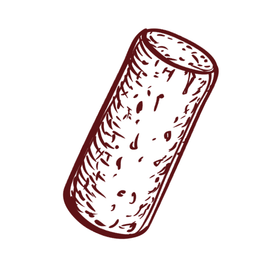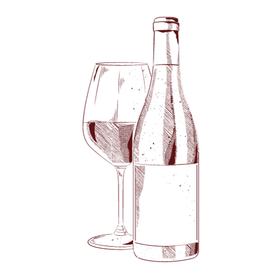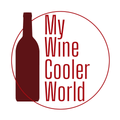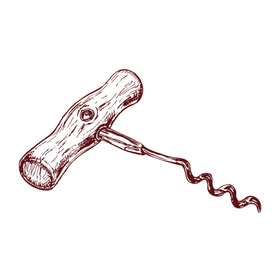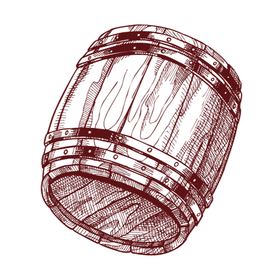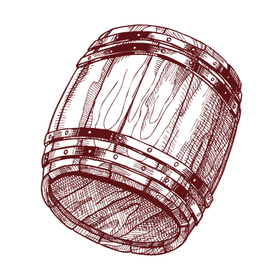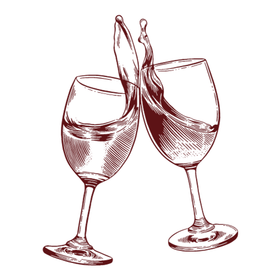Proper wine storage is crucial for preserving the taste, aroma, and quality of your wines. However, certain common mistakes can compromise the integrity of your precious collection. Here's an in-depth look at five of these pitfalls and how to avoid them, ensuring your wine ages gracefully and maintains its intended flavor.
-
Incorrect Temperature Settings:
-
The Mistake: One of the most critical errors in wine storage is not maintaining the correct temperature. Storing wine at temperatures that are too high accelerates the aging process, potentially ruining its complexity and balance. Conversely, temperatures that are too low can slow down the aging process or even damage the wine's structure.
-
The Impact: Fluctuating temperatures can cause the wine to expand and contract, leading to seepage or oxidation, while prolonged exposure to high temperatures might 'cook' the wine, resulting in flattened aromas and flavors.
-
The Solution: The ideal temperature range for storing most wines is between 45°F and 65°F, with red wines favoring the warmer end of this spectrum and whites the cooler end. Wine coolers with precise temperature controls are invaluable for maintaining these conditions consistently.
-
Improper Bottle Placement:
-
The Mistake: Many people store their wine bottles upright. This is fine for short-term storage, but for long-term aging, it's a significant misstep.
-
The Impact: When bottles are stored upright for extended periods, the cork can dry out, shrink, and allow air to enter the bottle, leading to oxidation and spoilage of the wine.
-
The Solution: Store wine bottles horizontally. This orientation keeps the wine in contact with the cork, maintaining its moisture and ensuring a tight seal. Wine racks and coolers designed for horizontal storage are ideal for this purpose.
-
Neglecting Humidity Levels:
-
The Mistake: Overlooking humidity control in the wine storage environment.
-
The Impact: Too little humidity causes corks to dry out, while too much can promote mold growth and damage wine labels. Both scenarios negatively impact the wine’s quality.
-
The Solution: Aim for a relative humidity level of around 50-70%. This balance prevents corks from drying out and protects the labels and structure of the wine. Modern wine coolers often come with built-in humidity control, making it easier to maintain these levels.
-
Exposing Wine to Light and Vibration:
-
The Mistake: Storing wine in areas subject to excessive light, particularly direct sunlight, and vibrations from household appliances or foot traffic.
-
The Impact: Light, especially UV rays, can degrade and prematurely age wine. Vibrations, meanwhile, can disrupt the delicate sediments in wine, deterring the proper aging process and potentially altering the flavor.
-
The Solution: Store your wine in a dark, vibration-free environment. Consider wine coolers with UV-protected glass doors and vibration-dampening technology. If using a wine rack, place it in a low-light area away from sources of frequent movement.
-
Inconsistent Storage Conditions:
-
The Mistake: Regularly changing the wine’s storage location or subjecting it to varying environmental conditions.
-
The Impact: Frequent changes in temperature, humidity, and light exposure can stress the wine, preventing it from maturing correctly. This instability can lead to a loss of complexity and character in the wine.
-
The Solution: Dedicate a consistent space for your wine storage, whether it's a wine cooler, cellar, or a specific area in your home. Once you've established the right conditions, strive to maintain them with minimal fluctuations.
By understanding and avoiding these common storage mistakes, you can protect your wine collection and ensure that each bottle is enjoyed at its best. Remember, the key to successful wine preservation lies in consistency and control over the storage environment. Whether you're storing a few cherished bottles or a vast collection, the right storage practices make all the difference.
